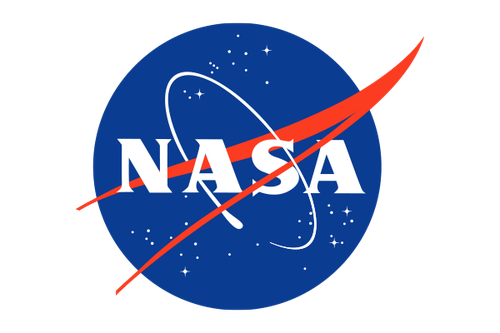Real World, Real Science
Promoting data and climate literacy for middle school students and teachers
Real World, Real Science is a NASA-funded project that enables students to explore the local impacts of global climatic trends and builds connections in STEM learning across formal and informal education environments
Real World, Real Science Products
-
![Rebuilding LabVenture]()
Rebuilding LabVenture
As a centerpiece of the NASA-funded Real World, Real Science project, GMRI reimagined, developed, and launched a new LabVenture experience in September 2018. This effort …
-
![Extending LabVenture into the Classroom]()
Extending LabVenture into the Classroom
In tandem with the redevelopment of LabVenture, GMRI and the Education Development Center have created a suite of classroom and teacher professional development activities to …
-
![Choice-Based Assessments]()
Choice-Based Assessments
In work led by Stanford University’s AAALab and supported by GMRI, we look to understand how experiences in LabVenture and in the classroom affect students’ …
-
![Science Center Community of Practice]()
Science Center Community of Practice
GMRI and its science center partners are developing ways to engage science center visitors in data-rich investigations of changing ecosystems using locally relevant examples. This …
-
![Educator Professional Development]()
Educator Professional Development
Across our education efforts we work to support teachers and educators with professional learning experiences that serve to help them engage students in more authentic …
Our Goals
Through the Real World, Real Science project, we aim to:
- Engage learners with a rich array of science and mathematics to promote data and climate literacy.
- Empower educators and their students to customize and localize the program to their regional experience of climate impacts.
- Develop a model for how educational materials from specific places can be made applicable to any region.
Our Approach
Real World, Real Science (RWRS) is a five-year project that harnesses an extraordinary team of collaborators, including EDC and the AAALab at Stanford University, to deliver NASA’s substantial earth system data assets into the hands of middle school students and educators in both informal and formal education environments.
Since the outset of the project in 2016, we have developed a suite of flexible interactive technology modules that translate NASA’s atmosphere and ocean data sets into highly engaging science and mathematics learning experiences. These experiences are complemented by activities designed for the classroom that use the breadth of NASA data assets to explore global processes and their local implications.
From reimagining the LabVenture program at GMRI to developing a community of practice with science centers throughout the northeast, RWRS implements a number of workstreams that together serve our ultimate goals of building climate and data literacy in the middle grades and bridging the gap between formal and informal learning environments.
Project Sponsor

This material is based upon work supported by NASA under grant number NNX16AB94A. Any opinions, findings, and conclusions or recommendations expressed in this material are those of the author(s) and do not necessarily reflect the view of the National Aeronautics and Space Administration (NASA).








